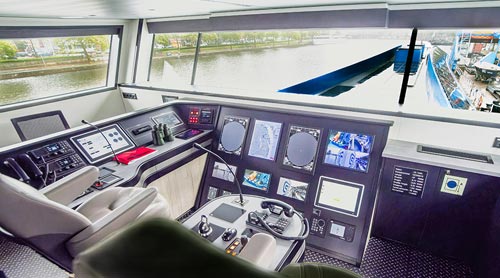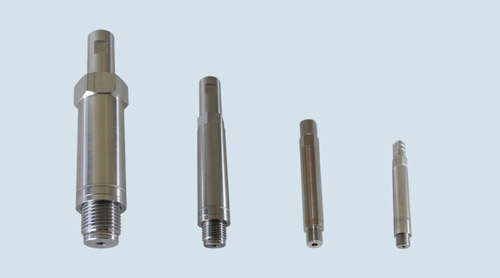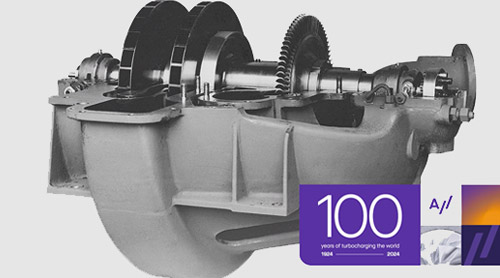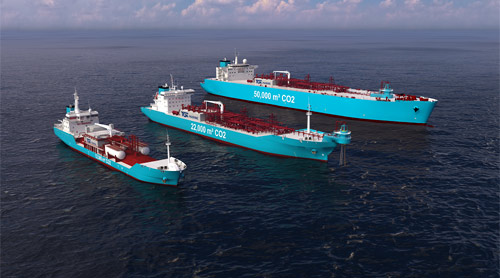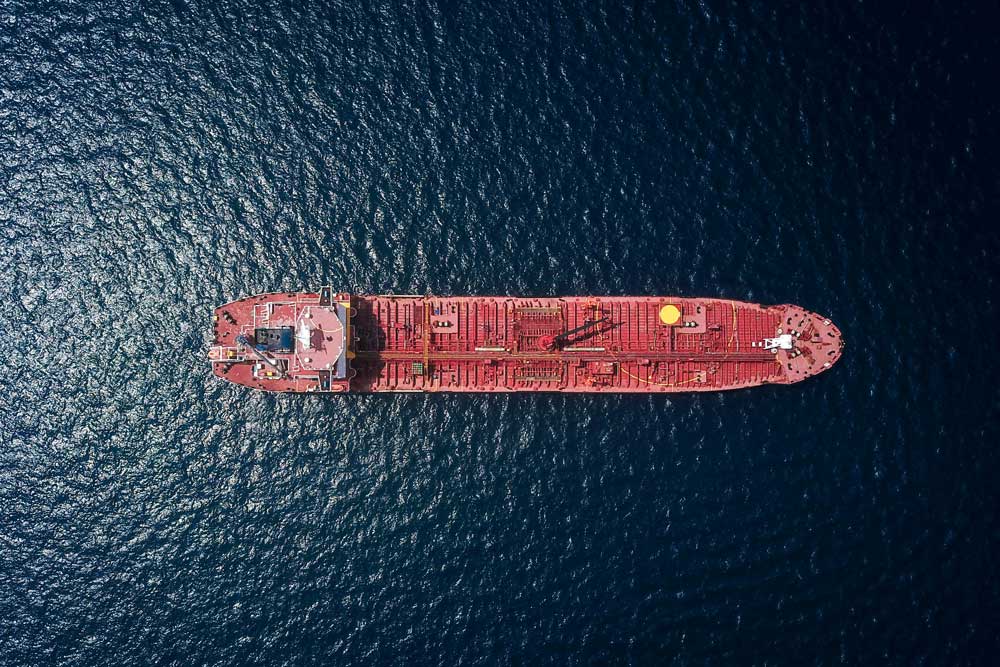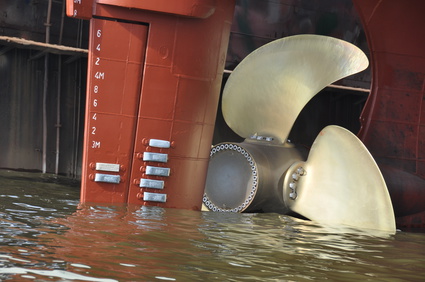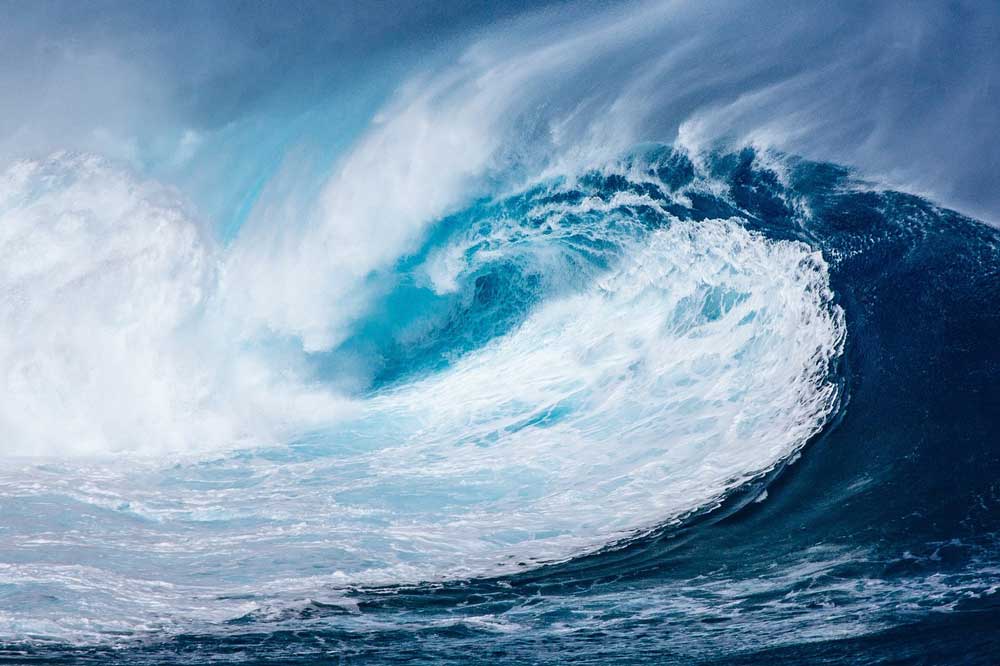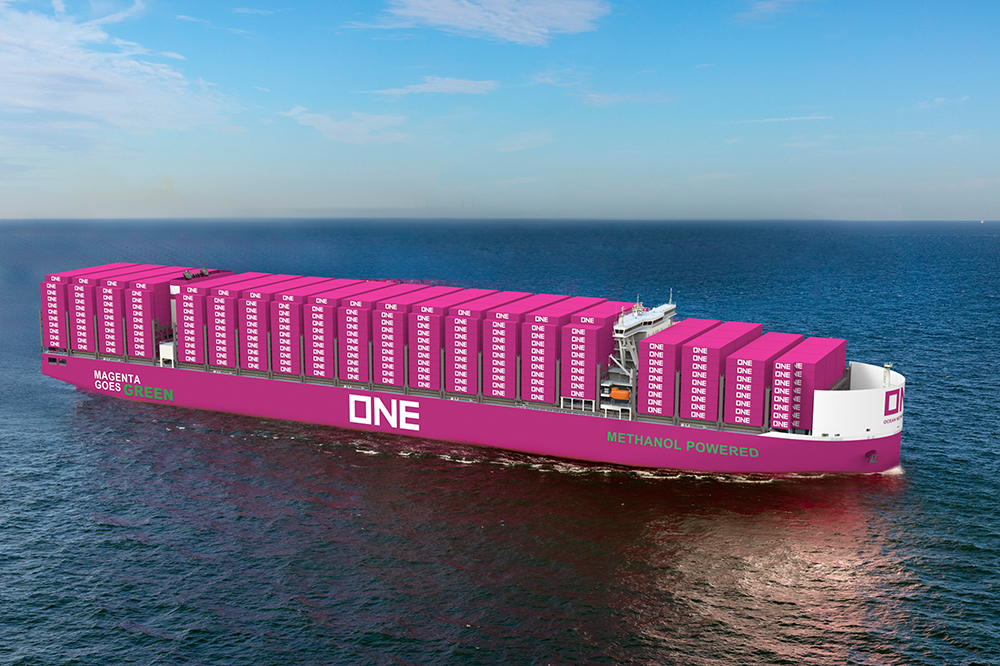In the offshore wind sector, newly approved project investments worldwide have reached a record high of USD 59 billion and 19.8 GW. Vessels for the operation and construction of wind farms remain in demand, but there are also uncertainty factors.
While inflation contributed to project CAPEX levels, firm investment was driven primarily by large investment decisions (FIDs) in Europe, where a record $33 billion (9.2 GW) was committed (+33% and +24% respectively from the previous 2020 peak), explains consultancy Clarksons Research. [ds_preview]
Active offshore wind capacity grew by 10% by 2023, according to the latest Clarksons data (Renewables Intelligence Network), reaching 68 GW globally by the end of the year. 6.2 GW of capacity was fully commissioned last year, while 48 GW was in the construction phase at the end of 2023, the highest ever recorded.
Internationalization in the offshore wind market also continues to progress: at the end of 2023, 19 countries had active offshore wind capacity (forecast to increase to 29 by 2030); Spain produced its first electricity from offshore wind power last year, while the first offshore wind auction took place in Lithuania.
Varying newbuilding activity in ship segments for the offshore wind sector
According to Clarksons data, newbuild order intake in 2023 varied across the different sectors of the wind power industry, with 23 orders placed globally in the CSOV sector, down from a record 24 orders in 2022. While order intake for WTIVs declined (only 5 orders for WTIVs (1 international model) were reported globally in 2023, down from 30 orders (4 international models) in 2022), “as a large order backlog was destined for the Chinese domestic market and there was some uncertainty around increasing turbine sizes and project delays in Europe and the US”, according to the report.
In the CSOV sector, more environmentally friendly ship operation is also increasingly an issue for charterers. Owners are responding to the trend: all 53 CSOVs currently on order will be equipped with battery packs, while 13 will be able to run on alternative fuels (including 8 units powered by methanol).
Stable demand in Europe
WTIVs: The European WTIV market experienced a stable year in 2023. Utilization of European WTIVs was a robust 93% during the peak season (and the fleet was fully utilized in August-23), while several charterers booked 4th generation WTIVs (currently on order) for upcoming projects at rates of over €300,000/day (~30% above early 2023), with Clarksons expecting the international/European WTIV market to remain “tight” in 2024.
In the CSOV segment, the W2W market remained very tight throughout 2023. European W2W rates (SPS-coded, >40 pax) reached a firm peak of €56,000/day in Q2 2013 (up 27% y/y) due to strong demand and limited available supply as some MSVs returned to the oil and gas sector with temporary gangways.
“The long-term outlook for the growth of the offshore wind sector remains positive and offshore wind is expected to play an important role in the energy transition. By 2030, ~250 GW (~30,000 turbines, 720 farms) are expected to be active globally, and offshore wind’s share of the global energy mix could be between 7 and 10% by 2050 (compared to just 0.4% today),” said Clarksons.












